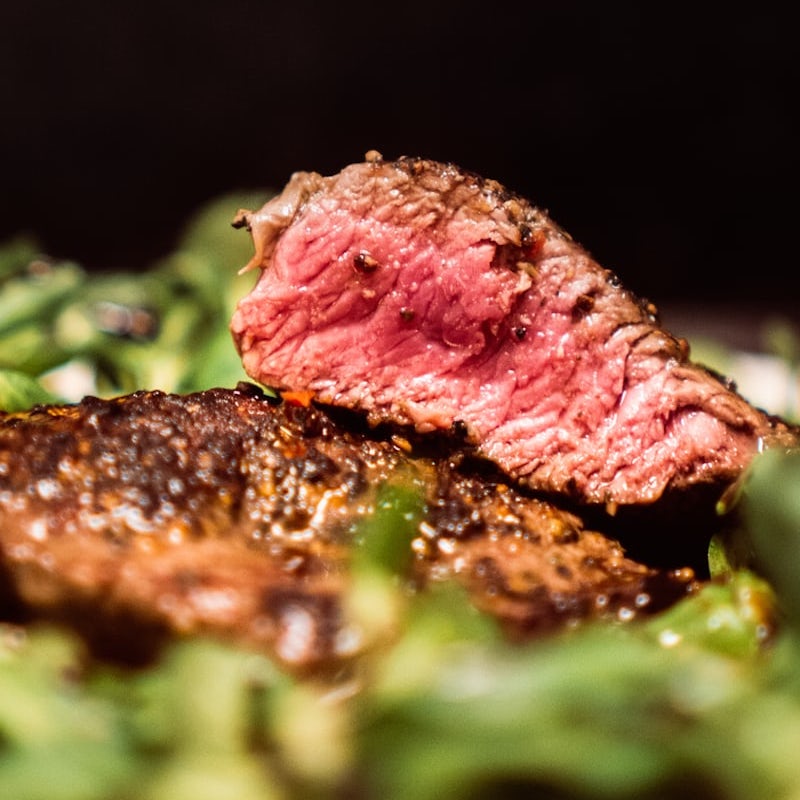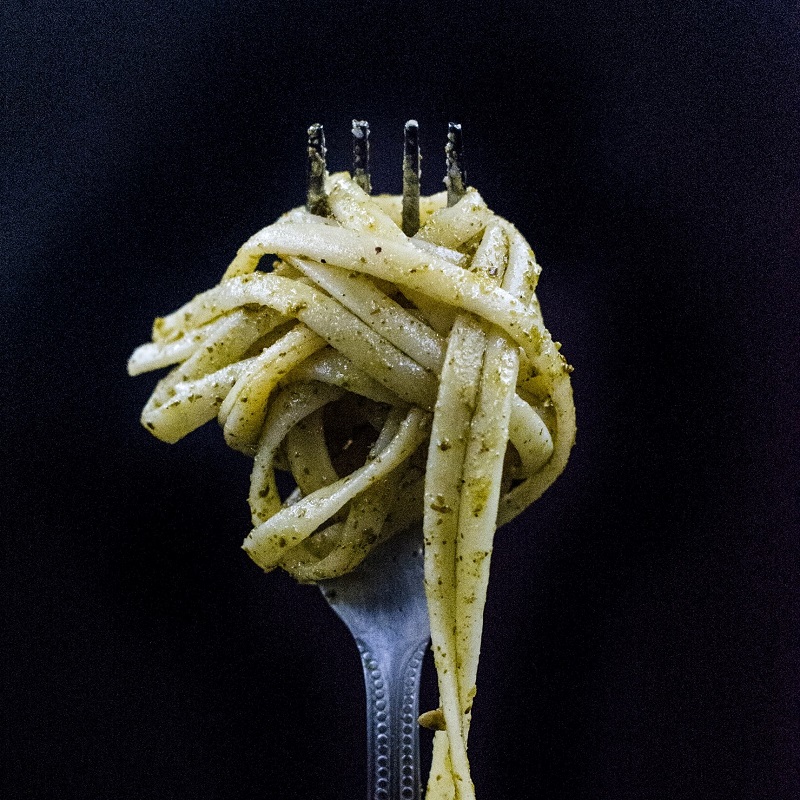Travel with your Tastebuds: 4 European National Dishes
Read on to learn more about the national dishes contributing to the cultural identity of our favorite European cities.
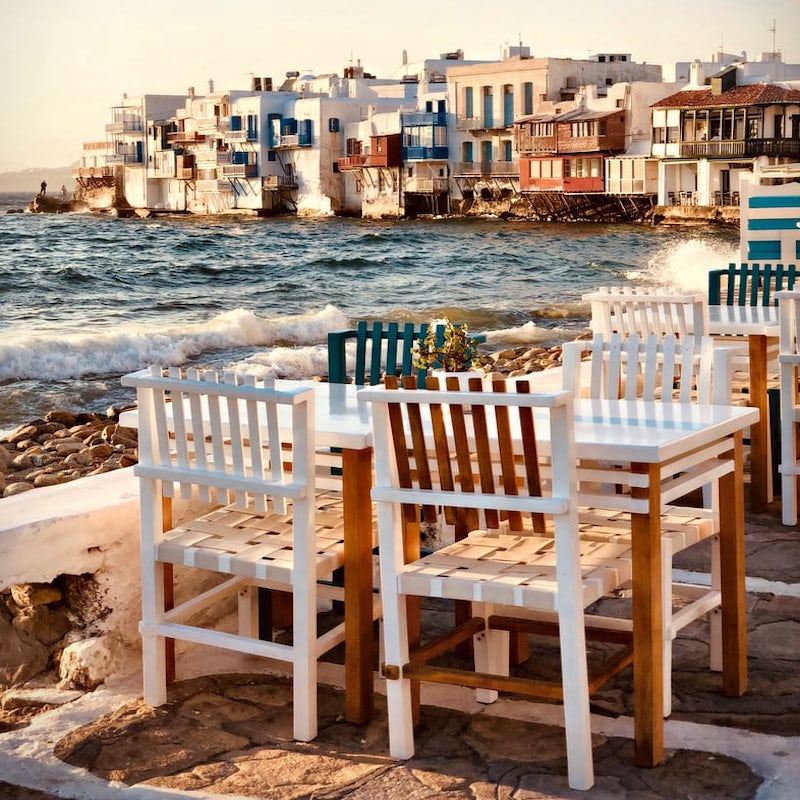
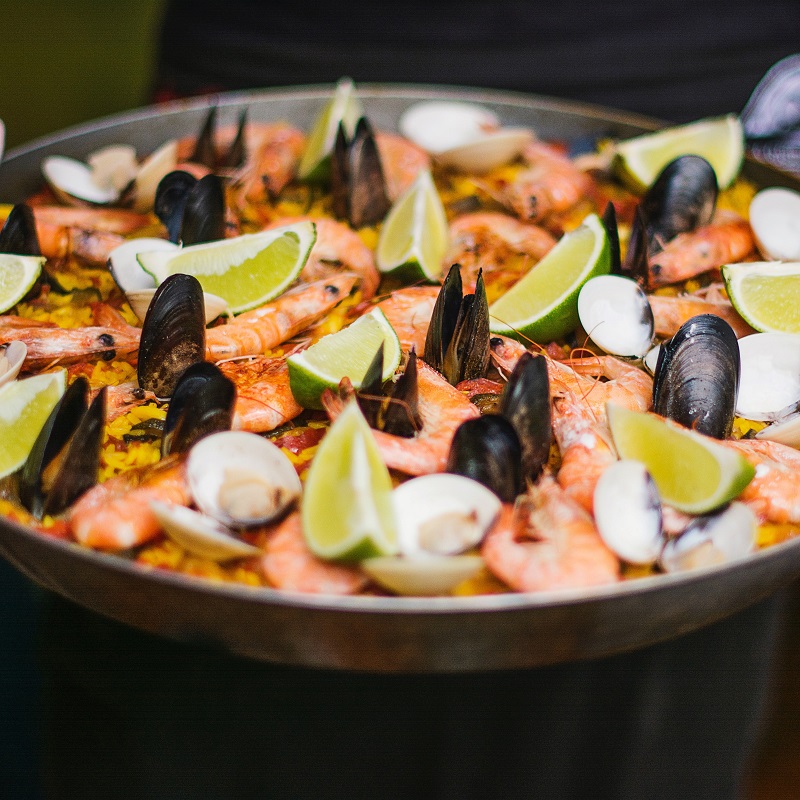
With Europe being home to 44 countries, the continent is packed with an abundance of national dishes. From rich meaty stews and Mediterranean seafood to cheese and sweet pastries, Europe really is any foodie’s haven.
Whilst the traditional national dishes of some European countries can be hidden by the array of multicultural offerings on the streets of modern Europe, there is, in fact, one dish that is most prized by each country. This dish is usually the most famed, or sought-after by tourists; these dishes reflect the culture of each country, telling the story of its history and traditions.
Although travel may be restricted at this time, we at The Artisan Food Company have created this article to satisfy your wanderlust. Continue reading to get inspired for your next trip abroad!
Greece: Moussaka
One of the most popular dishes in Greece, Moussaka is served in almost every Greek tavern. It is traditionally prepared using layers of juicy meat in a rich tomato sauce, aubergine and a creamy béchamel sauce before being baked in the oven. Whilst many recipes use lamb mince, pork and beef is also growing in popularity amongst many Greek families.
Spain: Paella
Originating in Valencia, in eastern Spain, paella was originally a farmers’ food, typically made using rice and any ingredients found around the rice fields. Paella was originally eaten straight from the pan – hence its name, which takes after the cooking pan itself rather than the dish.
Nowadays, it is difficult to describe what exactly goes into a paella, with there being so many varieties. Yet paella remains as a sociable dish, with families and friends congregating to eat paella together at restaurants or at home as a centrepiece for many celebrations.
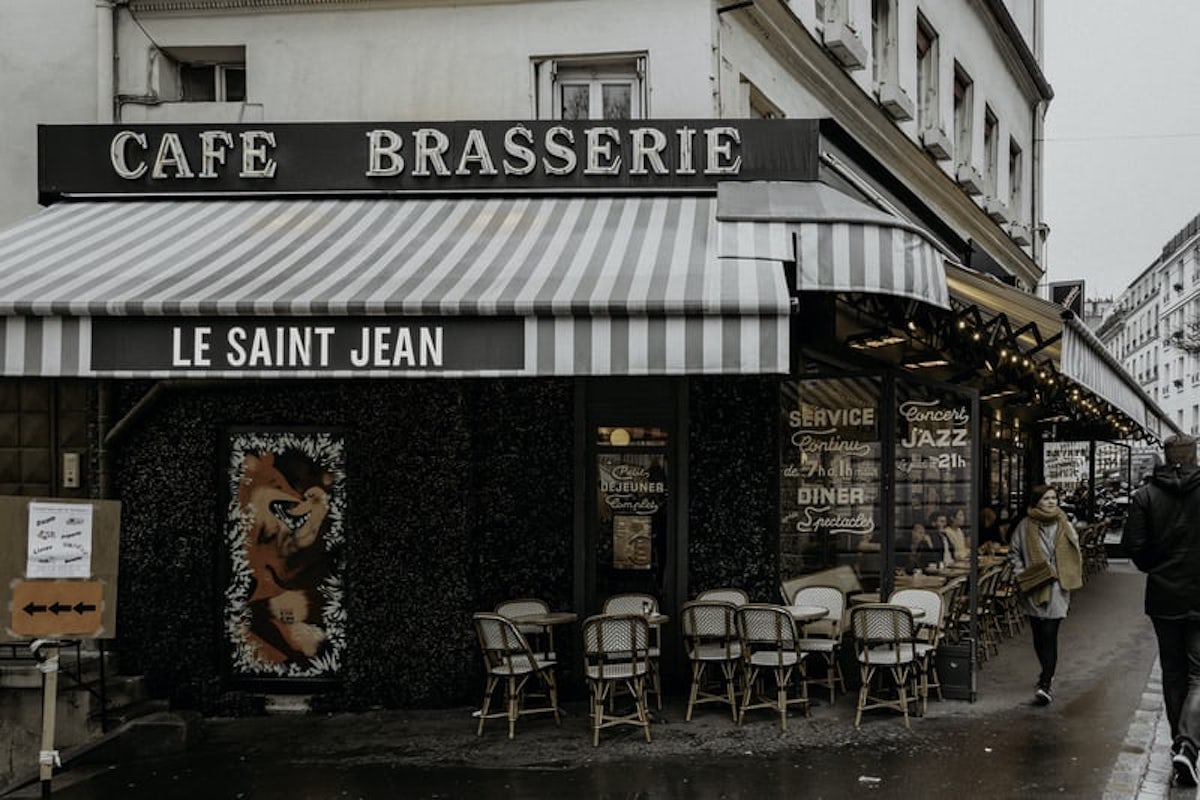
Italy: Cacio e pepe
A dish of three simple ingredients, cacio e pepe is one of the most ancient dishes within Italian cuisine, dating back to the Roman Empire. Cacio, meaning sheep’s milk, stands for the vital pecorino cheese. This unites with pepe (black pepper) and starchy pasta water to form a rich and creamy sauce. Simple yet hard to perfect and incredibly delicious, this is perhaps our favourite European national dish.
Belgium: Steak frites
An incredibly popular dish amongst brasseries in Belgium and France, this dish consists of a succulent rare steak and fries served with a pan-reduced sauce or gravy. Rump steak was the traditional cut of choice, however today, Ribeye is more commonly used.
